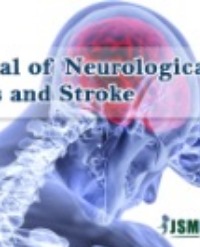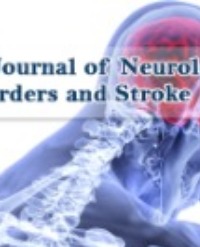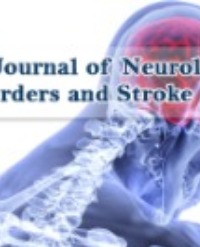Alzheimer’s disease (AD), the most common form of dementia, is neuropathologically characterized by the deposition of Amyloid-β (Aβ) in plaques. Interestingly, a significant number of neurons in AD brains display aberrant re-entry of cell cycle and expression of associated proteins. While this has been observed in a number of Aβ Precursor Protein (APP) transgenic mouse models of AD, the temporal and spatial profile of neuronal cell cycle protein expression was unclear. Here, we show that neuronal expression of the cell cycle protein CyclinD1 together with pro-apoptotic Caspase-3 is limited to the frontal cortex of young transgenic APP23 mice, an area that displays with atrophy in aging mice. Expression of the cell cycle proteins CyclinD1, Cyclin-Dependent Kinase 4 (CDK4) and Proliferating Cell Nuclear Antigen (PCNA) in the brains of aging APP23 mice were limited to microglia and astrocytes, while we did not observe neuronal cell cycle protein expression in neurons. Taken together, our data supports that aberrant neuronal cell cycle events contribute early on to AD, while later cell cycle activation in the CNS associated with Aβ is linked to reactive gliosis.
Stefania Ippati¹, Claire H Stevens¹, Lars M Ittner¹²*, and Yazi D Ke³



